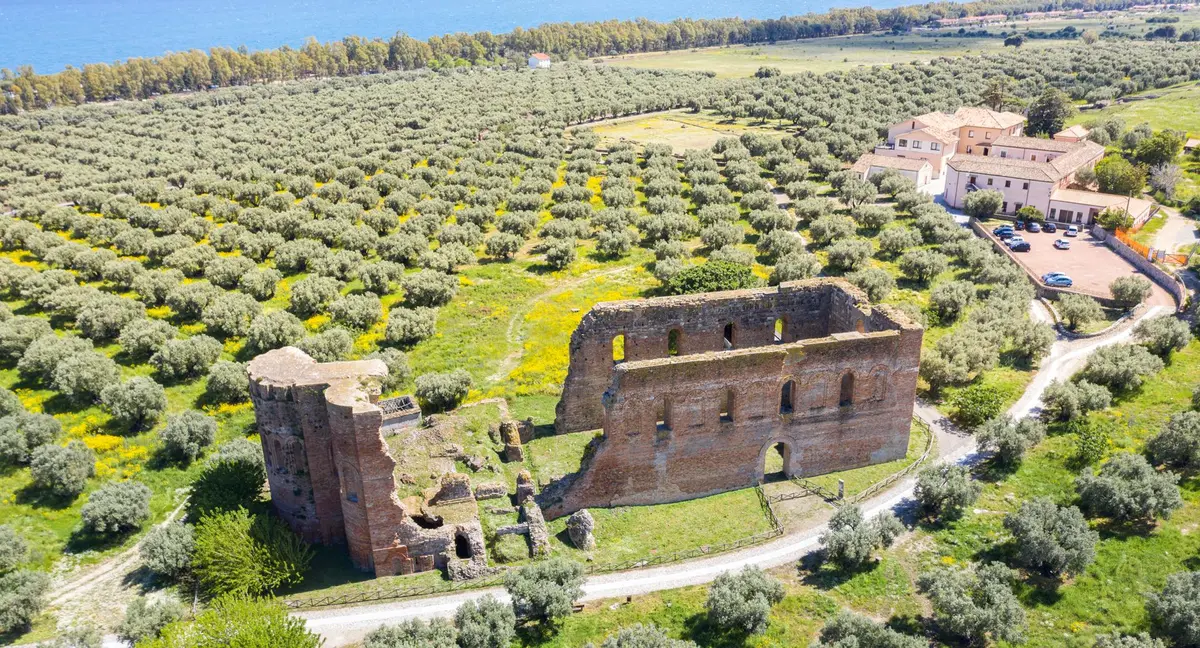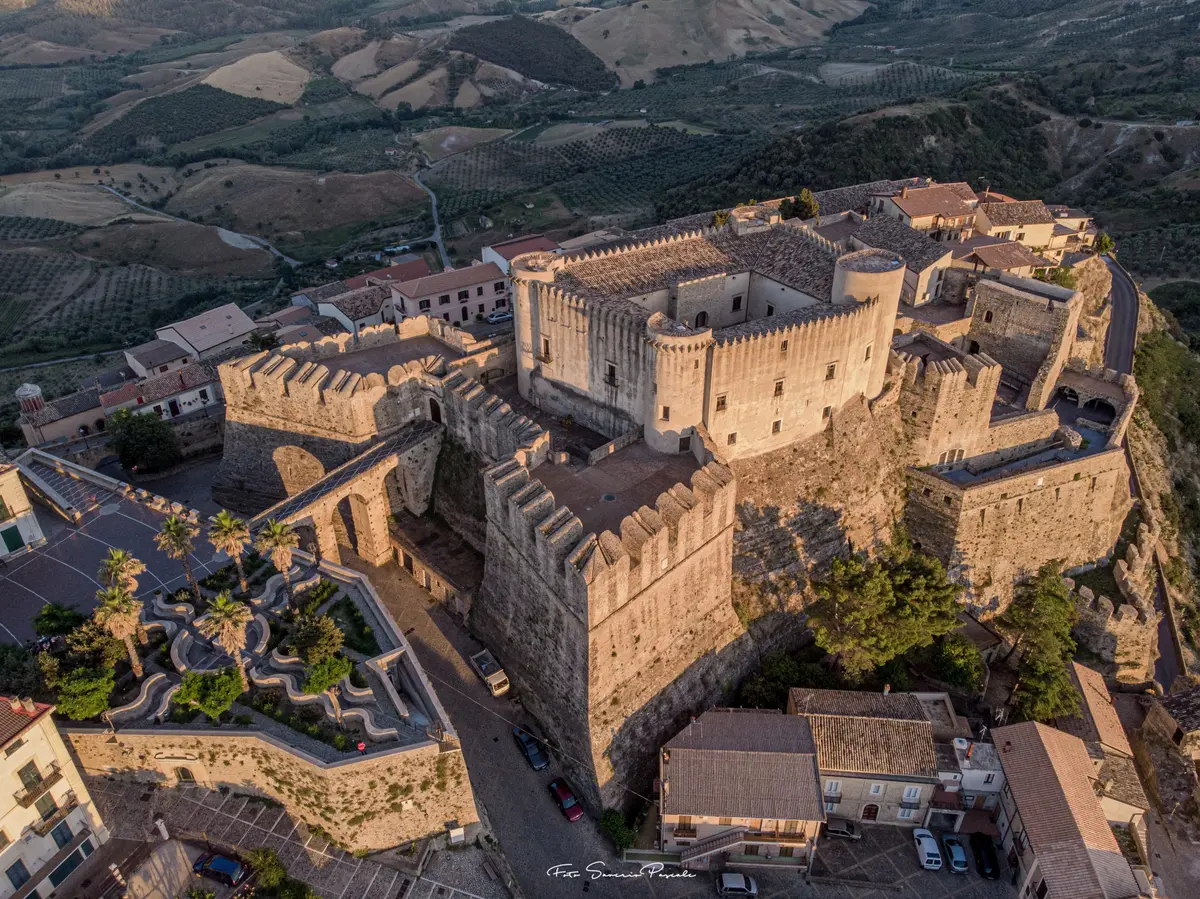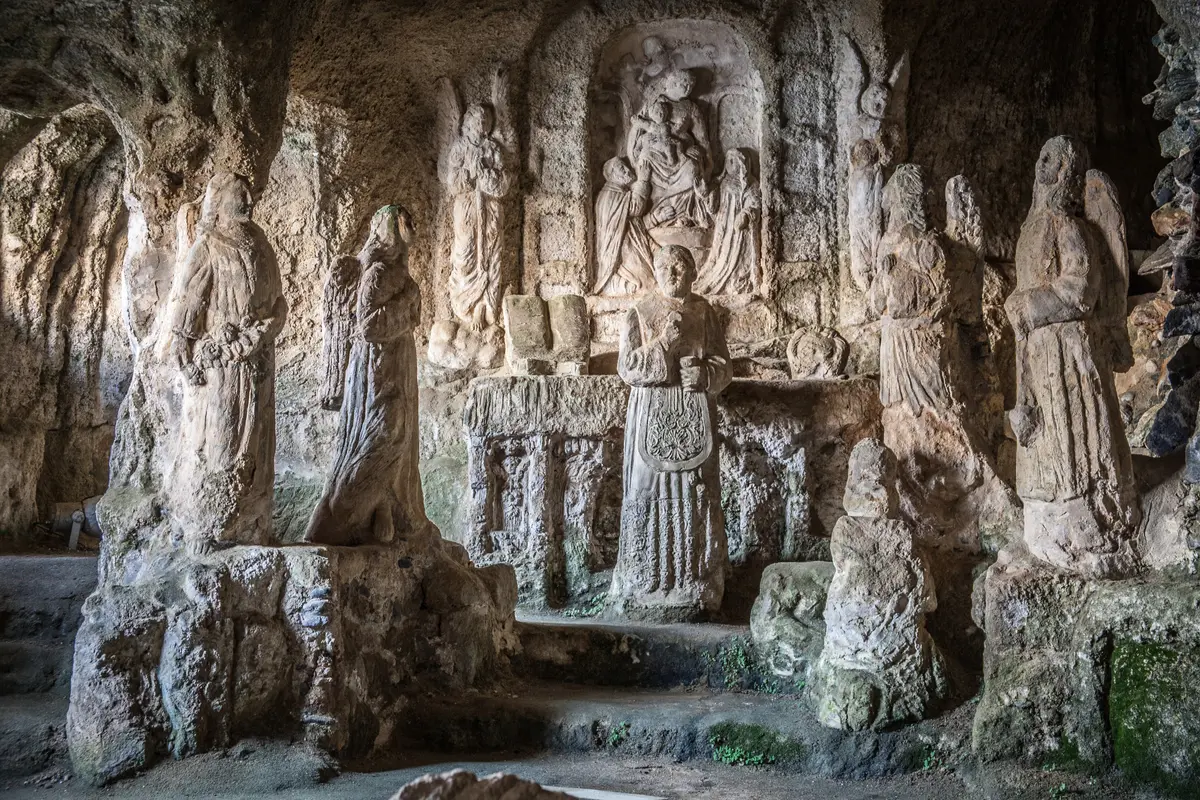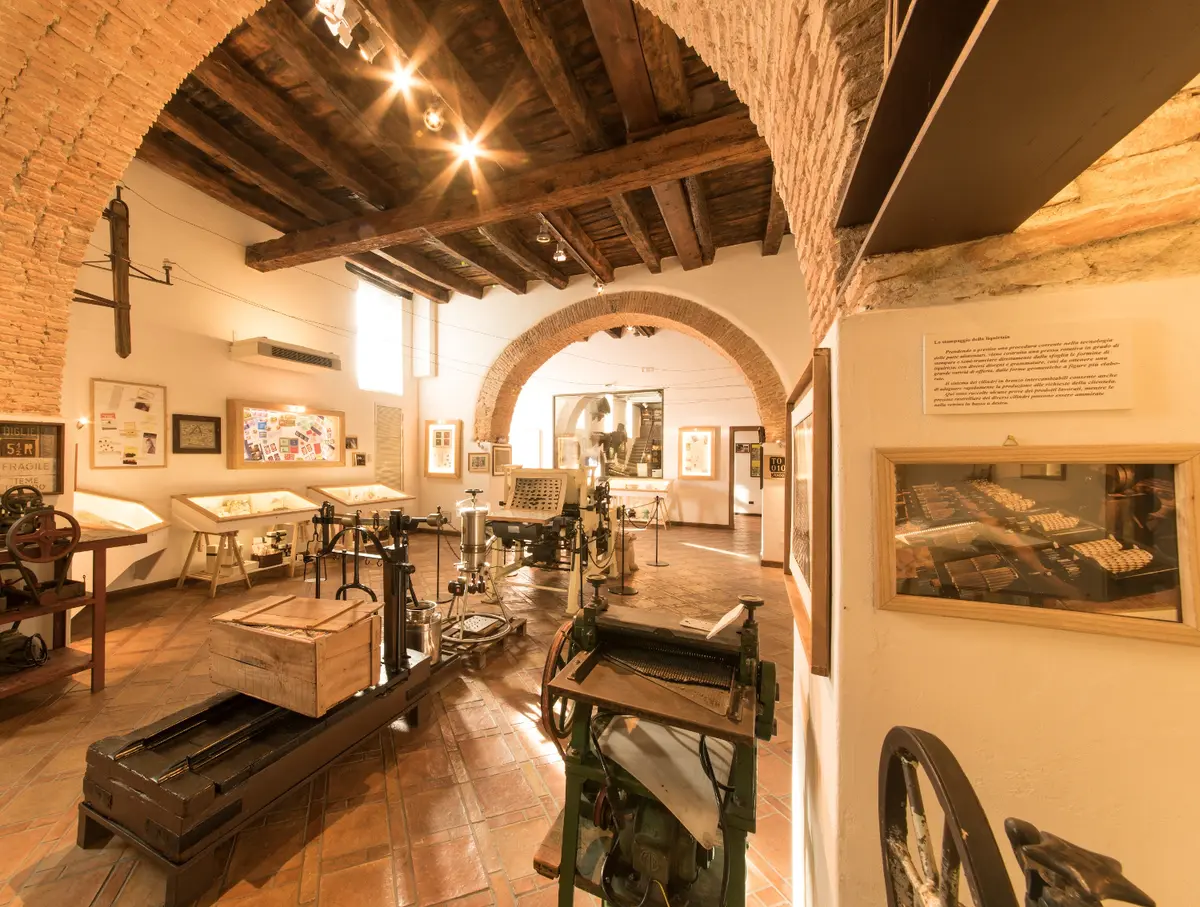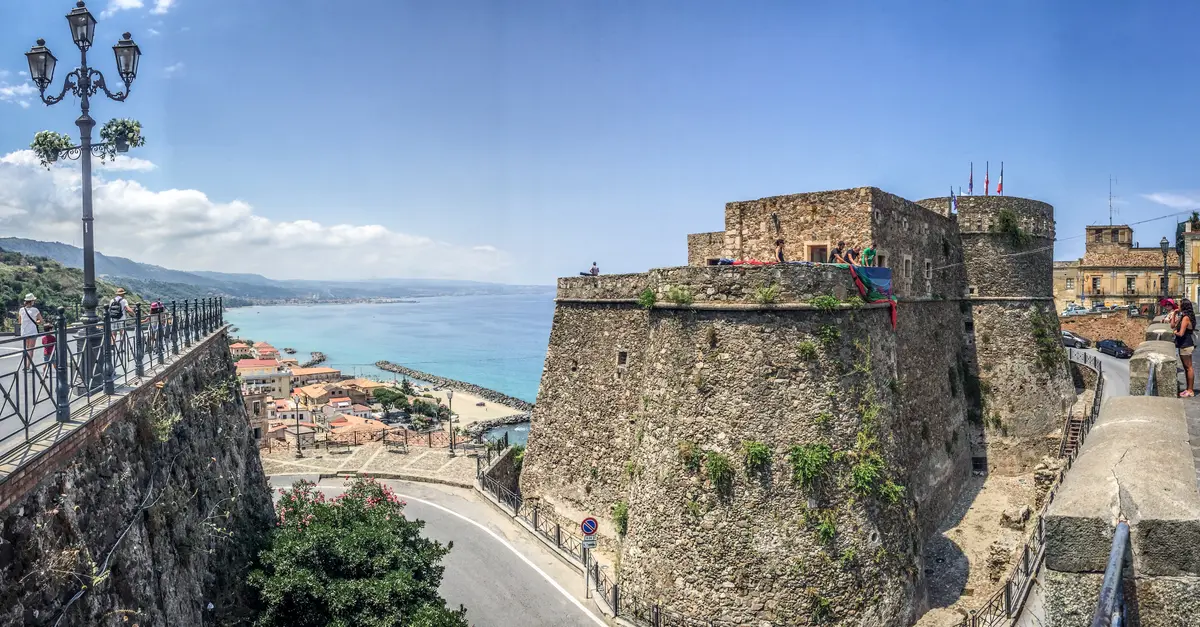On the road of medieval castles in Calabria
Top 5 castles in Calabria to visit
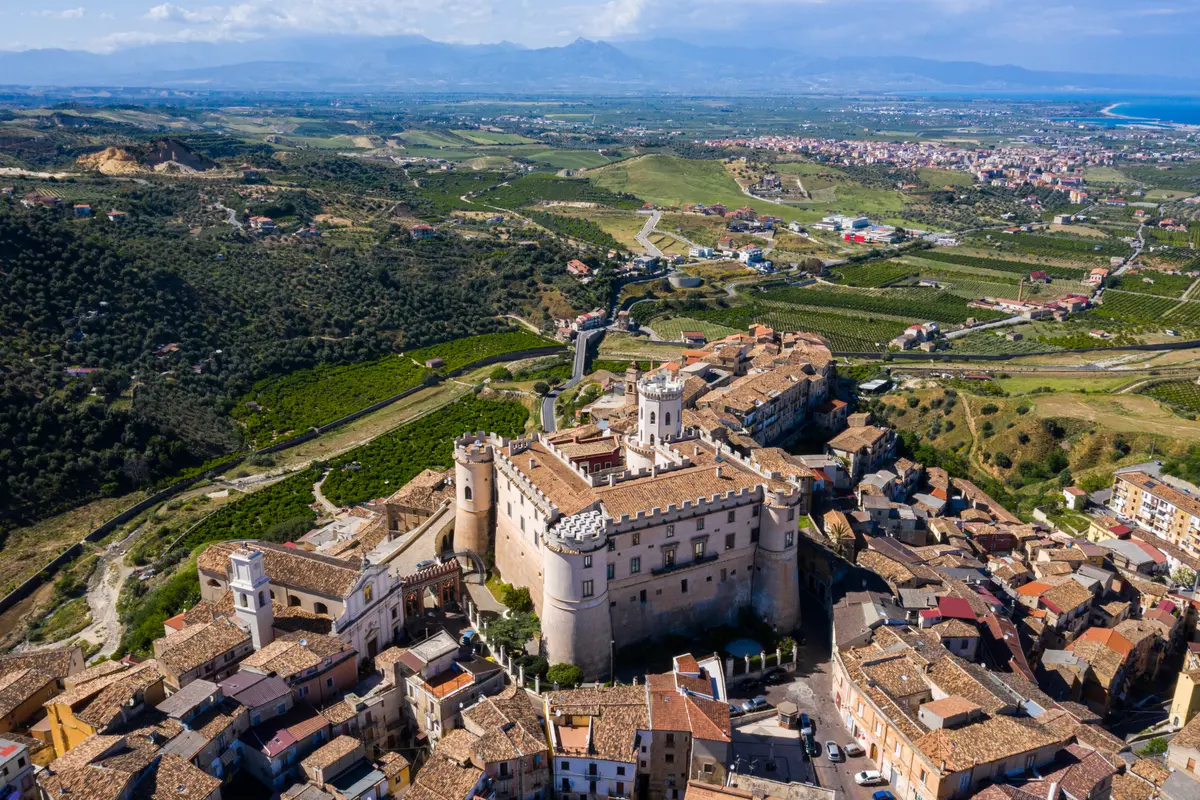
Art and Culture
Regione Calabria
An itinerary along the road of castles in Calabria means retracing some of the fundamental stages of the urban phenomenon of fortification in southern Italy and the Mediterranean in general during the Middle Ages.
A crossroads of cultures and peoples that have met over the centuries, Calabria offers evidence of a defensive and perched past through the image of its most beautiful medieval castles.
Let's discover together the 5 castles in Calabria not to be missed!
Medieval castles in Calabria, between history and legend
Although most of the castles in Calabria have ancient origins, since they were built on previous Byzantine castra or lookout points against pirates, the monumentality that still fascinates today is the result of the intervention of the Norman kings, followed by the Aragonese, Swabian, Angevin successors and, finally, the great families of local feudal lords. That is why among the most beautiful Calabrian fortresses to visit are the Norman castles. A crucial stage in this history was the incursions of Arab and Saracen pirates (9th-16th centuries) on the Calabrian coast, which forced the population of the marinas to retreat to the heights, where today the main villages and medieval castles of Calabria stand. Another decisive step in the history of castles in Calabria was the Frederician era, when Emperor Frederick II of Swabia initiated the construction of a series of monumental castles in Calabria and the rest of southern Italy (the so-called Federician castles), the interpretation of which is still suspended between functional use (summer residences and hunting lodges) and mystery use (temples to guard the Holy Grail, places of initiation).
The defensive function of Calabrian castles was reinforced in the 16th century by King Charles V, who set up a sophisticated system of coastal watchtowers (equipped with a cavalier, or designed for lighting night fires and daytime smoke signals) that within twenty-four hours spread the alarm as far as Naples. A journey along the road of castles in Calabria is an evocative experience that goes from inland fortresses (Sant'Aniceto Castle, the Norman-Swabian Castle of Cosenza, the Norman-Swabian Castle of Vibo Valentia, etc.) surrounded by mighty walls and drawbridges guarding the heights, to veritable sea fortresses (the Federician Castle of Roseto Capo Spulico, the Aragonese Castle of Belvedere Marittimo, the Ruffo Castle of Scilla, etc.), bulwarks defending the coastline.
Rich in history, legends and mysteries, the mediaeval castles in Calabria defy time and offer their spaces as venues for museums, exhibitions, re-enactments and a whole series of events combining art, history and tourist itineraries all year round, for those who wish to discover the more unknown face of Calabria beyond the seaside offerings and mass circuits.

Top 5 medieval castles in Calabria
1. Ducal Castle of Corigliano (CS)
Among the must-see castles in Calabria in the province of Cosenza there is the Ducal Castle of Corigliano Calabro. Built at the behest of Robert Guiscard in 1073, it is famous for its helicoidal staircase surrounded by frescoes that leads to a breathtaking viewpoint. The original core, now extensively remodelled and renovated, includes the Church of St. Peter and the towers, i.e. the circular keep and the octagonal tower serving as a viewpoint.
2. Castle of Santa Severina (KR)
The Castle of Santa Severina, the symbol of the village of the same name in the province of Crotone (among The Most Beautiful Villages in Italy), houses the Archaeological Museum of Santa Severina, where it is possible to admire the finds unearthed during excavations, and the Medieval Festival, a historical re-enactment between May and June. It can be visited all year round and is characterised by a square keep and four cylindrical lateral towers, flanked by four other projecting bastions. Of the original Siberene acropolis, a tomb has been preserved below the Byzantine necropolis, the skeleton of which bore a coin from the 3rd century BC on its jaw.
3. Le Castella (KR)
The only Aragonese castle in Calabria above the water, among the iconic images of the region, the Le Castella complex in the Marine Protected Area of Isola Capo Rizzuto in the province of Crotone, tells of assaults repressed to the sound of cannon and legendary stories, such as that of the child kidnapped by the Turks and later becoming the great pirate Occhialì, "Terror of the Seas". The Aragonese castle has an irregular ground plan. Inside is a cylindrical watchtower of clear Angevin derivation (14th century), characterised by a splendid stone spiral staircase. Count Andrea Carafa had the mighty quadrangular bastions built between 1510 and 1526.
4. Murat Castle (VV)
Built in the second half of the 15th century by Ferdinand I of Aragon, the Aragonese Castle of Pizzo consists of a quadrangular body with two cylindrical corner towers, of which the large tower, known as the Torre Maestra, is of Angevin origin (1380). The 15th-century Aragonese Castle of Pizzo, in the province of Vibo Valentia, is known as "Murat Castle" because it was here that the King of Naples Joachim Murat was imprisoned and shot (13 October 1815), whose remains are still preserved in the Church of San Giorgio. Home to the Murattiano Museum, every four years the castle hosts a historical re-enactment of the event.
5. Aragonese Castle of Reggio Calabria
Witness to an important cross-section of medieval Reggio Calabria, the Aragonese Castle of Reggio Calabria (9th-11th century) occupies the summit of the historic centre and hosts temporary exhibitions and cultural events inside. Having survived numerous earthquakes, it offers one of the most beautiful vantage points over the Strait of Messina. In 1450, during the Spanish era, two large crenellated towers, a ravelin and moat were added. In 1539, Pietro da Toledo had its internal capacity increased. The layout remained virtually unchanged until the Risorgimento, when it was decided to convert it into a barracks and political prison.

https://calabriastraordinaria.it/en/news/on-the-road-of-medieval-castles-in-calabria

